6 vegetable harvesting mistakes to avoid if you want the yummiest yields
Experts reveal the vegetable harvesting mistakes standing between you and tasty, healthy crops that rock the plot and the pot!

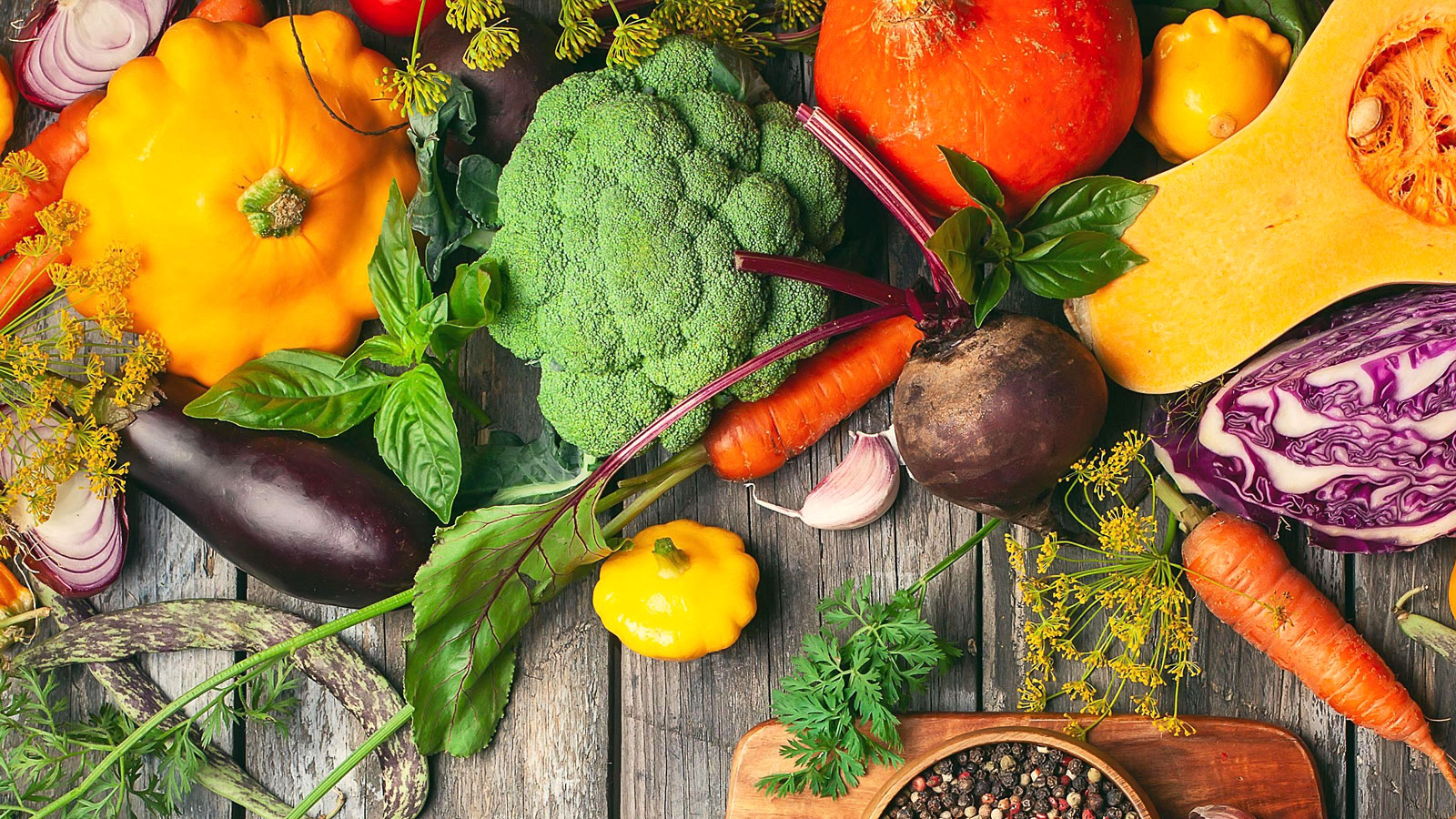
Coming a-cropper because of careless vegetable harvesting mistakes is a heartbreaking experience. For months, you’ve been patiently tending to eagerly anticipated plants, watering them with devotion, keeping a close eye on pests and making sure they receive the right amount of warmth and sunshine. So what went wrong? If you’ve put in the effort, the moment of harvest should be the happiest time in the gardening calendar. Yet harvesting is one of the key vegetable-growing mistakes for home growers who can get tripped up by poor time management and silly shortcuts.
When it comes to home growing, there are few things more disappointing than harvests that fail to deliver. Whether it’s a tiny yield, bitter or mushy veggies, or a failure to crop, falling at the final hurdle is frustrating and bewildering. It is also totally avoidable! So if you get caught out once, make sure you never make the same mistakes twice. Master the essentials of when and how to gather crops with ease, for a better bounty guaranteed.
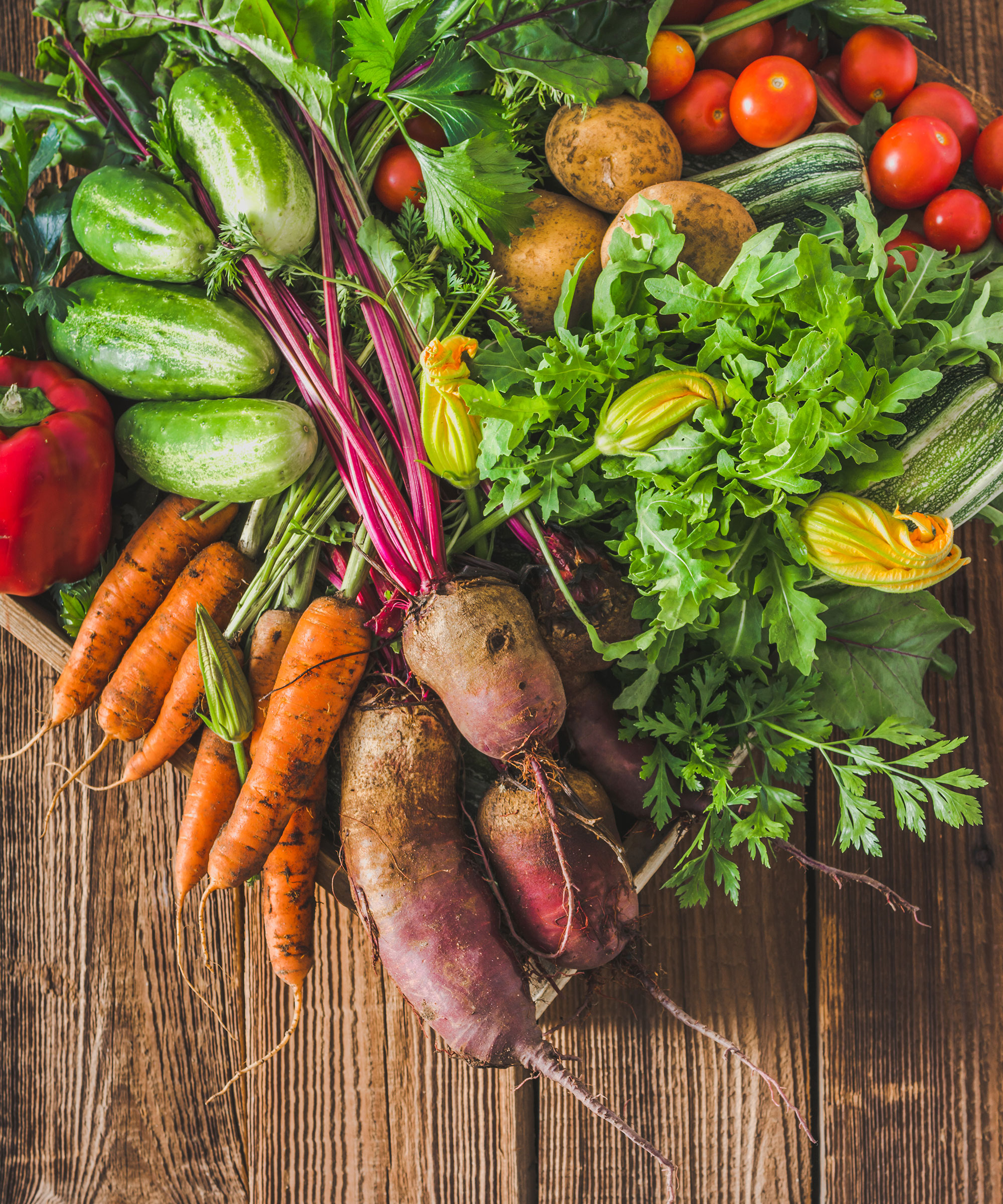
While crops have distinct needs, there are specific harvesting guidelines relevant across the board
6 vegetable harvesting mistakes to avoid for the freshest and tastiest crops
Vegetable growing doesn’t always go to plan – we get that. The very best beginnings can get derailed due to bad weather, changes in soil, inferior seed quality, pest interference, and an element of luck. Even the easiest vegetables to grow can go awry, and the advice of seed packets can only get you so far. But don’t let that throw you. ‘Each season provides a new opportunity to learn, whether you are a beginner gardener or have had your hands in the soil for decades,’ says Rebecca Kouwenhoven at West Coast Seeds. Our experts explain the main pitfalls, plus the key vegetable harvesting secrets to bring those feasts from the plot to the kitchen table.
1. Harvesting vegetables too soon
Knowing when to gather crops can feel like a dark art at times. There are some fast-growing vegetables that deliver exceptional flavors while young and don’t take too long to get there. Radish, beetroots and baby carrots are most tender if consumed young. And some crops sown early give you a chance to harvest early, too. ‘Fava beans can be overwintered in mild regions or started early in colder regions for May harvests,’ says Carissa Kasper of Seed & Nourish. But for many others, impatience is where some of the biggest vegetable harvesting mistakes are made.
Certain crops need a long season of growth, and rushing that along will compromise integrity. Those intended for storing (ie slow-ripening winter squash) are best left as long as possible before harvesting so flavors fully develop. While you can harvest garlic ‘scapes’ (the shoots of hardneck varieties) while immature, bulbs need many months to develop the biggest payload. And with potatoes, understanding the distinction between ‘earlies’ and ‘maincrops’ (and planting the correct varieties at the right time) is critical. ‘Maincrops take 130 days to mature, so they can bulk up and set skins,’ says Homes & Gardens veg expert Lucy Chamberlain.
If you grow parsnips, you will find that (unlike their carroty cousins) they require five months of cultivation to harvest. As Burpee’s gardening expert, Nancy Awot-Traut points out, exposure to the first frosts of winter is crucial prior to harvesting. ‘Frost helps sweeten parsnips by converting starches to sugars,’ says Nancy. Winter brassicas like Brussels sprouts, winter cauliflower and winter cabbage take five-six months to reach full maturity (don’t confuse winter and summer varieties). And while you can eat globe artichokes as buds, Lucy recommends harvesting when crops are the size of a grapefruit so they are at their most delectably soft and buttery.
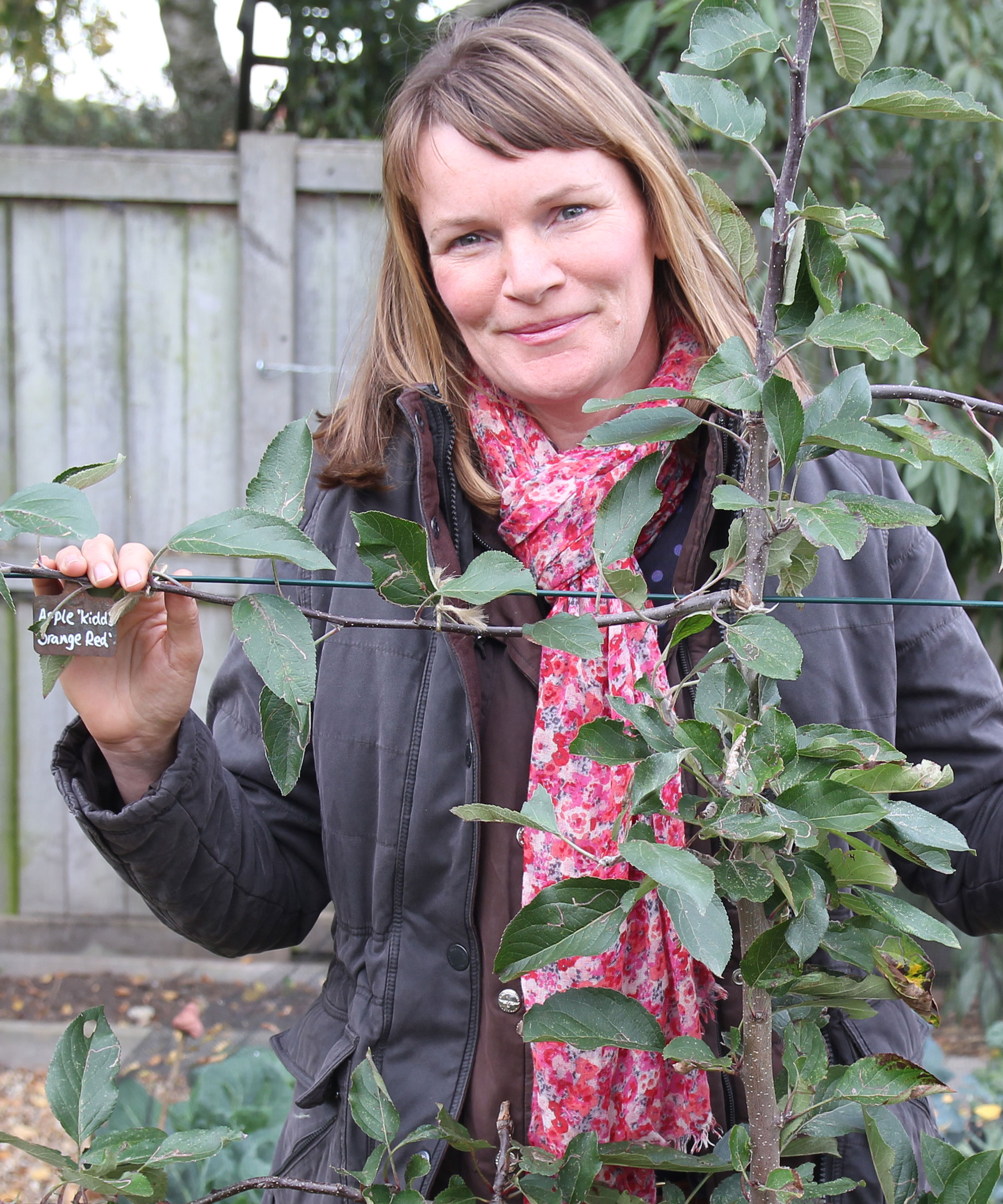
Lucy was a Horticultural Advisor at RHS Wisley and writes regularly for The Garden, Gardeners’ World, The Guardian and Amateur Gardening. She’s also the author of RHS Step by Step Veg Patch, which covers 50 types of fruit and veg. She is constantly looking for new ways to protect and nurture crops to ensure healthier, more generous yields.
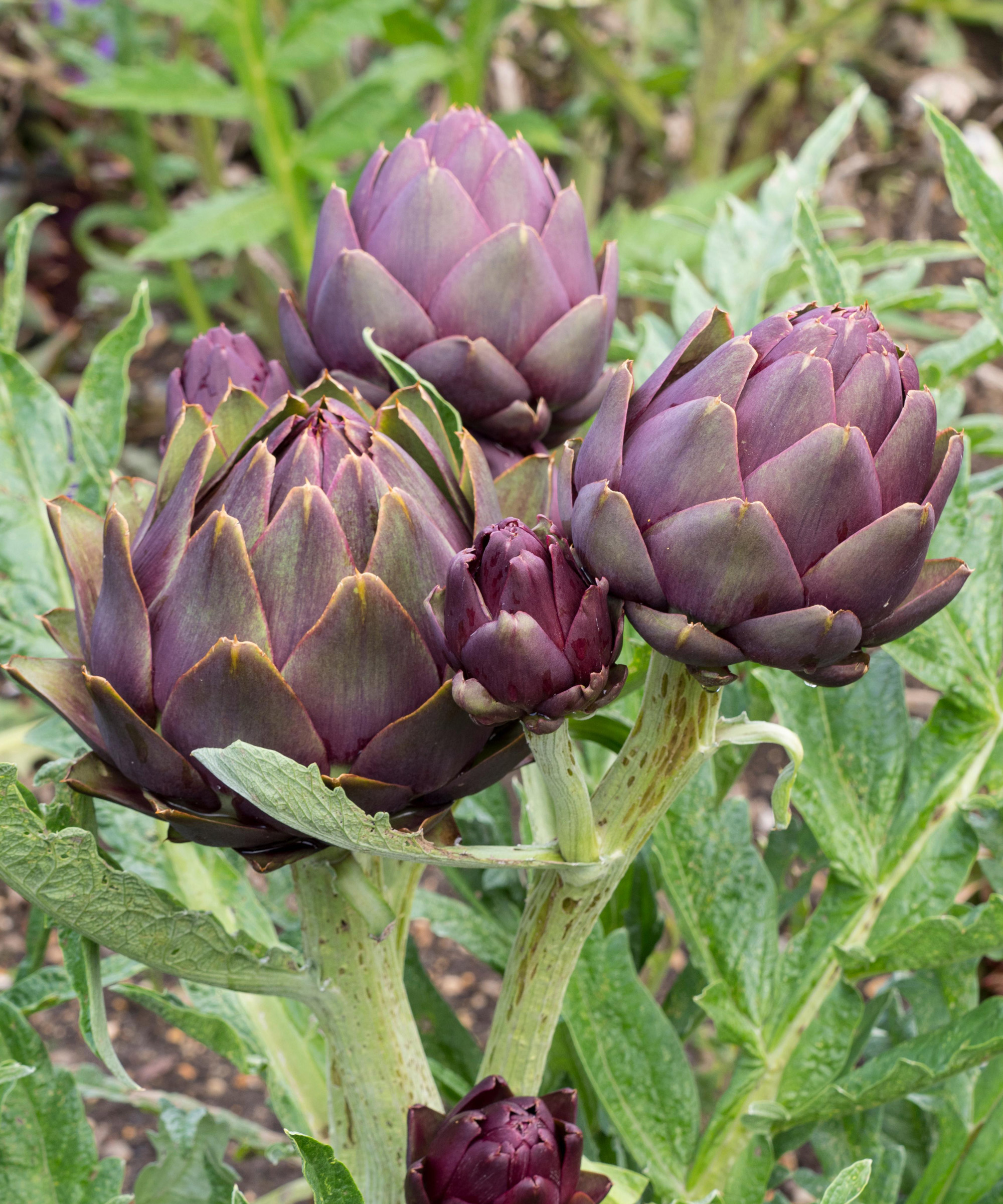
While they can be consumed small, artichoke harvests are at their finest after a long season of growth
2. Harvesting vegetables too late
A reluctance to harvest quickly enough is also among the biggest vegetable harvesting mistakes you can make. Beginners assume more time means bigger and better, but tender crops can be at their most luscious and harvested younger. Peas and beans have a fairly narrow window between perfection and ‘past it’. And while you can harvest carrots 16 weeks after sowing, it is soon a trade-off between size and taste. Eat baby carrots and quick-to-mature breeds like Chantenay at 10-12 weeks for the sweetest flavors. Beets should not be left in the ground long once you see them poke their heads out (at two months). And if you leave turnips longer than six-eight weeks, they start to taste chalky.
‘A few crops need to be picked as soon as they’re spotted or soon after,’ says Amateur Gardening’s organic expert Bob Flowerdew. ‘Gherkins and mangetout become less desirable within a day or two, so check daily.’ Leaving too long can overburden stems, slow growth and, in some cases, stop it. Lucy reveals one of the top vegetable harvesting secrets for specific tomatoes and peppers: ‘If you grow bell peppers and beefsteak tomatoes, the first fruit is often oversized. Cut it off quickly, as it suppresses the formation of others.’ Other ‘fruity’ veggies also have telltale signs that should not be ignored. The best time to pick eggplant is when the flesh is plump and the skin is shiny, so don’t wait until they are dull and wrinkled.
Design expertise in your inbox – from inspiring decorating ideas and beautiful celebrity homes to practical gardening advice and shopping round-ups.
While brassicas tend to take a while to bulk up and mature, if you grow kohlrabi they spring into action fast. They hit their peak six or seven weeks from planting when swollen stems are the size of a cricket ball. Leave them longer and they get chewy and bitter, says Lucy. Even slow-growing brassicas like cauliflower can be left too long. Don’t wait for the curds to start opening or they will bolt. To harvest corn, there are two big clues the wait is up. Once the tassels (called silks) change from green to brown, cobs are mature. At this point, Bob recommends you peel one open and press a kernel with your thumbnail. ‘If the insides are creamy, they are perfect – if cheesy, that means you have missed the boat,’ says Bob.

Bob Flowerdew is the organic expert for Amateur Gardening magazine in the UK. Every week he offers advice on how to create a sustainable, eco-friendly garden. He has also written a range of books on organic gardening methods and is a panelist on BBC Radio 4’s Gardeners’ Question Time. He is a staunch advocate for remaining fearless when things go wrong in the vegetable garden – and always learning from our mistakes!
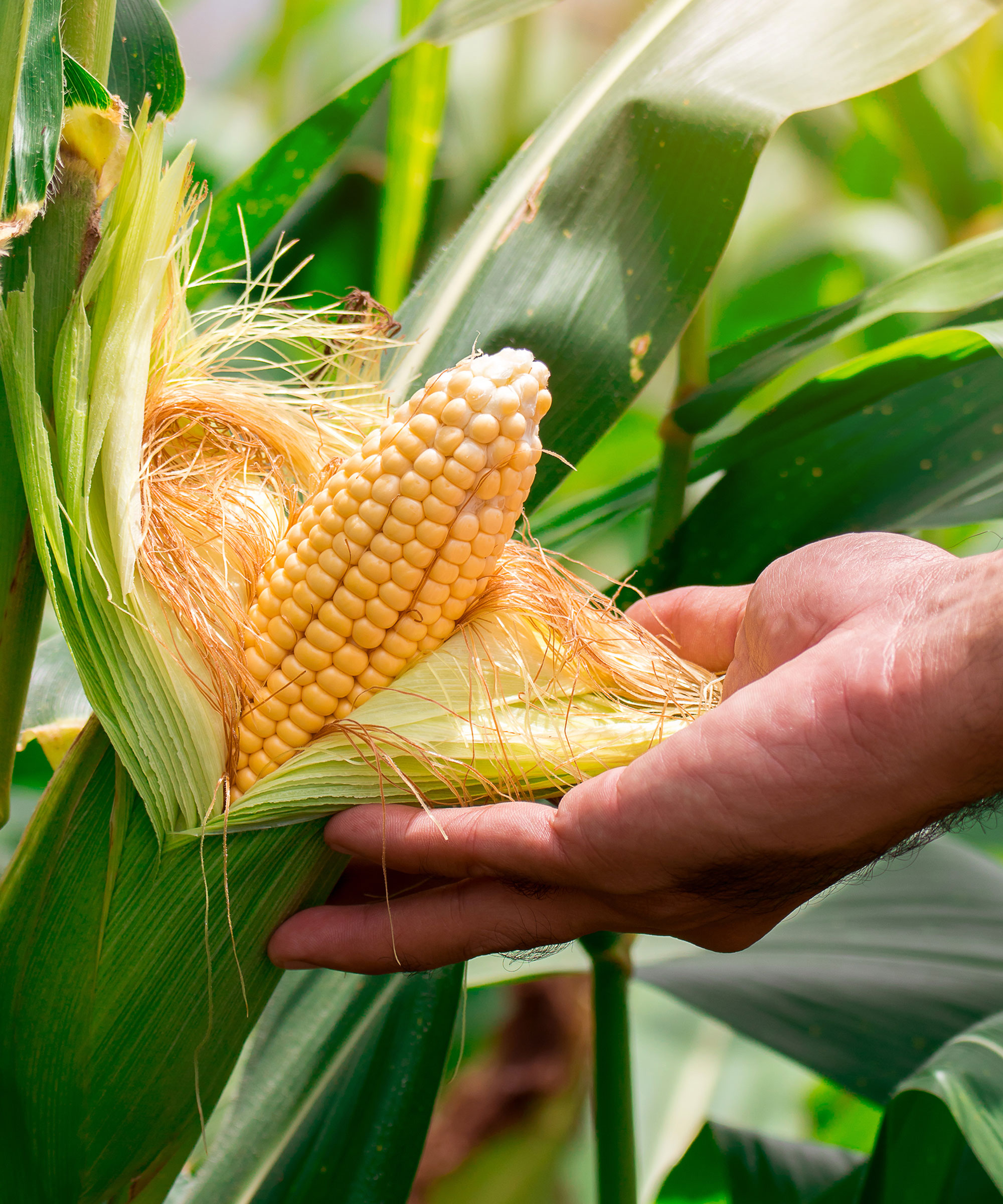
Press a sweetcorn kernel with a nail to check for a creamy consistency: a cheesy kernel means you waited too long to harvest
3. Harvesting roughly or with the wrong tools
One of the most damaging vegetable harvesting mistakes is the manner in which crops are taken from the plant. We understand you’ll be eager – but don’t spoil a good thing by rushing the process or using the wrong kit. Harvesting by hand with a firm twist is ok if you grow corn, or smaller tomatoes and peppers, while peas and kale can be removed with a snapping motion. But other veggies are not so yielding – so don’t tug crops that seem resistant. You risk damaging both crop and plant, increasing the risk of disease, and possibly unseating root networks and supports.
Lift root crops, tubers, onions and garlic using a garden fork for leverage (don’t just pull smaller crops like garlic as you risk damaging the heads). For carrots and parsnips, take your time so you don’t wind up with snapped roots. If you feel resistance, don’t tug,’ warns Lucy. ‘Dig away the top 6in of earth surrounding it, then lift again.’ Beets can be lifted using a fork to loosen soil and a twist of the hand at the base of the stems while pulling.
With certain leafy crops like salads or crops with slender stems, such as beans or small tomatoes, sharp scissors are fine. If you want to know how to harvest tomatoes like beefsteaks and larger varieties, secateurs (hand pruners) are preferred. For crops with tougher stems, like squash, courgettes, cucumbers and eggplants, use clean, sharp secateurs (leave an inch of stalk attached to the crop to limit the risk of infection). You’ll find a range of secateurs at Walmart, plus affordable hand pruners at Amazon.
When harvesting brassicas like pak choi and broccoli (and lettuce heads), a sharp knife is best for clean, confident cuts. For thick stems like those of kohlrabi, horticultural expert Nancy Awot-Traut at Burpee recommends cutting at the base so as not to disturb neighboring plants. Make sure you use clean garden tools – and, above all, be gentle, take your time and keep one eye on future harvests.

For crops like eggplants with thick stalks, use sharp secateurs to prevent damage to the plant
4. Harvesting at wrong time of day or in wrong conditions
Getting your harvest timings spot on doesn’t just apply to the days you pick, but the time of day you pick and the conditions at harvesting. This isn’t just important for easing the process of lifting or removing crops. It can also help with ensuring peak nutrition, taste and vitality while ensuring the rest of the plant continues to thrive. One of the biggest vegetable harvesting mistakes is a failure to work with the weather. You need to hone your meteorological instincts and act accordingly.
Knowing when to harvest potatoes involves choosing a moment that is dry and warm. ‘Wait for a sunny day with a light breeze,’ says Lucy. ‘Spuds need to rest on the soil surface for a couple of hours to dry for healthier skins.’ Onions should also be harvested in the sunshine so they benefit from drying (also known as curing). Harvesting in the rain can cause rots amongst crops that are gathered in batches. Even the act of moving between cropping plants in the rain can increase the risk of fungal disease. If heavy, extended showers are forecast, make sure plots are well covered or lift crops a bit earlier, rather than running the risk of waterlogging.
Temperature is another determining factor in securing better vegetable harvests. Extra warmth in the days (and nights) just before you pick bell peppers or harvest tomatoes accelerates the potency of crops. ‘Keep them close to your house to utilize the warmth trapped within the building,’ says West Coast Seeds’ Bobbi Rayton. ‘A cover also increases heat levels to maximize production just before harvesting.’ However, avoid harvesting crops when very hot, as it is detrimental to crop flavor and plant strength.
Most tender veggies (like corn and cucumber) and cool-season crops (like peas) are at their best early in the day. Avoid sticky midday heat when you harvest lettuce as it can wilt leaves. Harvest leafy crops like chard and pak choi first thing for the freshest harvests. This is also best for roots, as Back to the Roots co-founder Nikhil Arora explains: ‘Harvest in the morning for the sweetest carrots – this is when their sugar content is highest.’

Nikhil Arora is the co-founder of Back to the Roots, which evolved from an urban mushroom farm in Oakland, CA to an award-winning national brand. Along with co-founder Alejandro Velez, he is on a mission to make organic home-growing accessible and easy for all. Their line of organic kits, seeds and raised beds is distributed in over 10,000 retail locations.

It is best to harvest crops like sprouting early in the day, as plants can wilt in the heat
5. Not harvesting enough or stopping too soon
Incredible as it sounds, one of the major vegetable harvesting mistakes is to call time on plants that are still generating future crops. Many people see calabrese (broccoli) as being about one central dominant head, failing to enjoy the secondary heads that are also tasty, albeit usually smaller. Similarly, you might call time on plants like kohlrabi once the main central crop is removed, thereby missing out on the foliage, which is very tasty.
If you grow peas and don’t pick every day, you're missing a trick. ‘Those delicious sugars quickly turn to starches if not enjoyed straight away,’ says Lucy. ‘You should also pick green beans daily, as growth is rapid and pods swell quickly,’ she adds. ‘If you want to encourage the biggest yields, don’t let pods become old on the plant.’ Once leguminous plants think you’re done with them, they turn their energies to seeding. Keep picking, and they keep producing – it’s that simple.
‘Tomatoes ripen well off the plant as well as on, and frequent harvests keep plants productive,’ says Lucy. ‘When growing tomatoes, pick daily as they color up to speed up the maturity of developing ones.’ Zucchini is another example that will ‘refresh’ if you seize them while small. When you harvest zucchini, cut them before they get bigger than a banana for a continual harvest all summer. ‘Larger fruits suppress the production of others, so if you’ve let one get to the size of a marrow, cut it off!’
Of course, some discipline is needed, depending on what you’re growing: if you grow asparagus, they have a rigid harvesting window. In the third year, harvest for six weeks from mid-April (eight weeks in the following years). And while it’s important to squeeze every last edible pleasure you can from crops, it’s wise not to take too much in one go. For salads and leafy types, as with herbs, take no more than a third at a time for healthy regeneration. Allowing for that, it’s certainly the case with many crops that the best yields come with regular picking. Win-win!
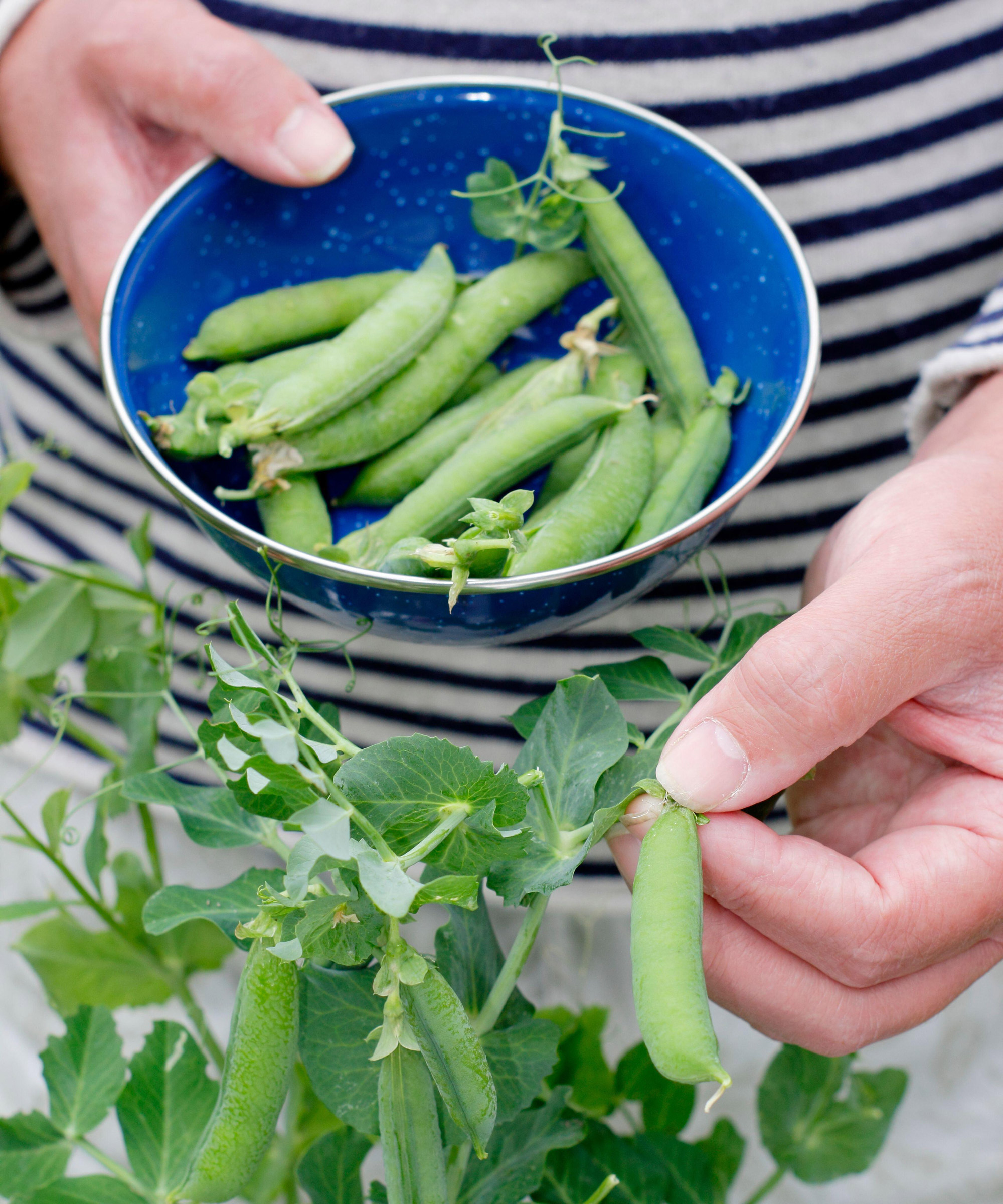
Check peas regularly and pick frequently to promote further cropping
6. Failing to store properly after harvesting
You’ve managed to secure the prize with clever timings and careful lifting or cutting. There is one more consideration for better vegetable harvests: what do you do with crops you don’t want to eat straight away? Poor storage is one of the easiest vegetable harvesting mistakes to make. Perhaps you intend to consume everything as soon as you harvest it – but that’s not always practical, or even desirable.
While it can help to stagger harvests where possible, sometimes flushes of activity (depending on weather and growing conditions) will prompt bulk harvests. Many maincrop types of potatoes, onions, garlic and root veggies (carrots and parsnips) are classic ‘bulk’ operatives. Just make sure they are dry before being placed in clean wooden crates (best to store onions), hessian or paper sacks if you harvest potatoes, or (for parsnips and carrots) boxes of damp sand. Make sure your storage area is clean, dry, cool and well-ventilated for harvests that will last for weeks, even months.
A few crops don’t need special treatment; you can store garlic simply by plaiting and hanging bulbs until needed. For others, try freezing, drying (dehydrating), or pickling. Bob Flowerdew recommends an electrically operated dehydrator or drying unit. ‘These are not expensive to run, as it’s all about passing dry air over crops, not heating them,’ says Bob. You can buy vegetable dehydrators at Amazon for as little as $40. Store in airtight jars until needed and soak before cooking. Surplus onions, cucumbers and beets are ideal candidates for pickling in brine or vinegar, while carrots and green beans make excellent chutneys.
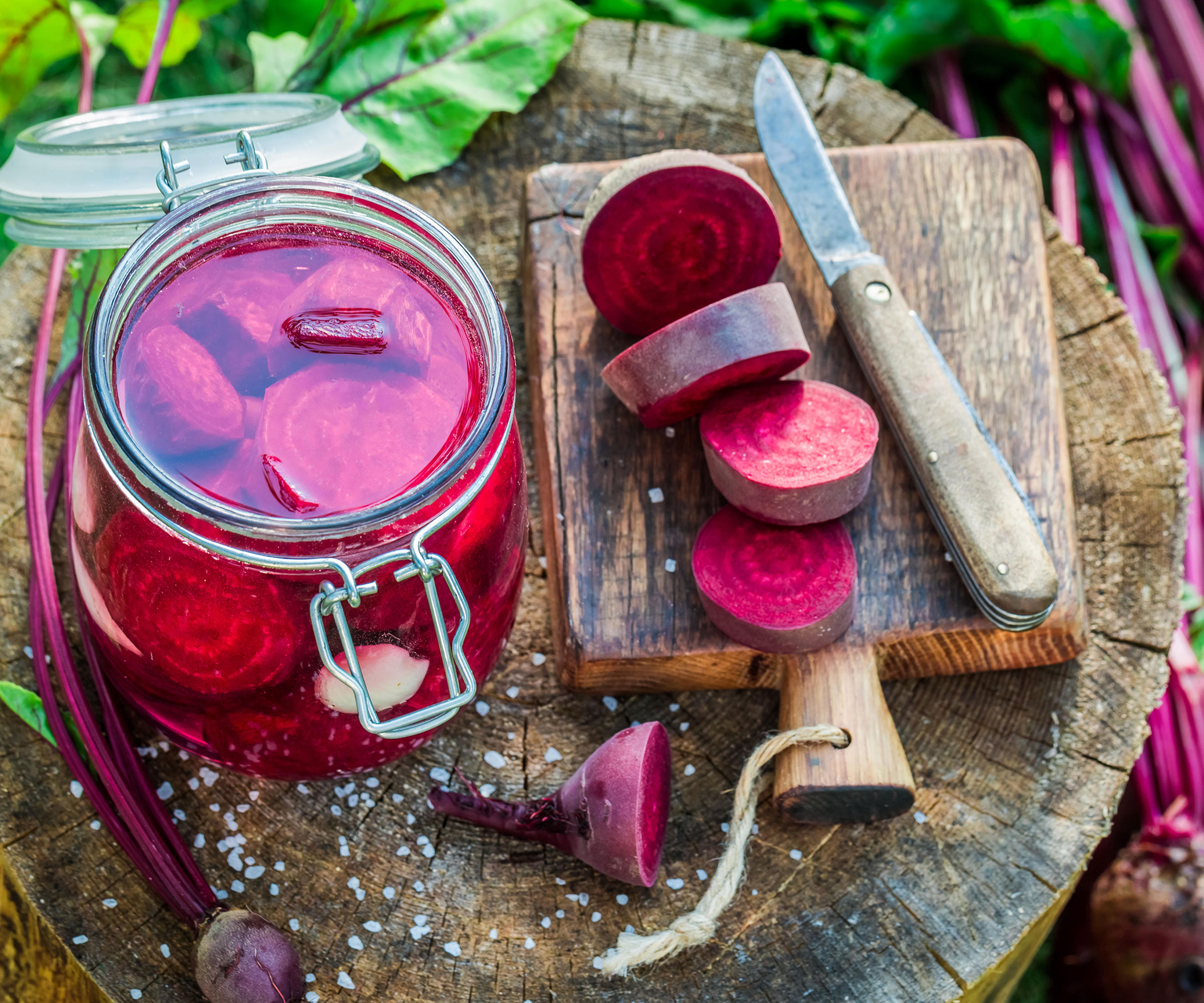
Take care of those harvest gluts by pickling excess crops
FAQs
How can I help harvests along?
Preventing these vegetable harvesting mistakes makes a happy harvest far more likely. But there are ways to accelerate ripening for better vegetable harvests as fall approaches. Focus a plant’s energies and remove anything too far from maturing to give crops near the finishing line the best chance, says Lucy. Move container gardening crops like peppers and tomatoes into direct sun and place them under glass at night for warmth. Remove foliage around crops like squash to accelerate ripening in the final weeks. Reduce water frequency to spur plants like toms into action as the season winds down. ‘Part-lifting ground crops also hastens maturity,’ says Lucy.
What makes plants bolt at harvesting?
One of the big disappointments of harvest time is bolting. This usually means a plant has become stressed and throws up a flower spike. The result? Bitter-tasting crops. It can happen with onions, annual spinach, beetroot, pak choi and lettuce. Knowing how to water plants properly and protecting plants in a heatwave ahead of harvesting will reduce the risk. ‘Bolting is more likely if plants receive a growth check,’ says Lucy. ‘This is usually due to drought, overcrowding, or being root-bound.’ Prevent congestion, use the biggest containers possible, and place in the shade in hot spells for better vegetable harvests. ‘Also, try bolt-resistant varieties like ‘Thimble’ lettuce, ‘Buzz’ rocket and ‘Emilia’ spinach,’ says Lucy.
Want to know one of the key vegetable harvesting secrets for increasing yields across a longer period? Don’t sow your crop in one hit. This is one of the classic beetroot growing mistakes and tomato-growing mistakes and is easily avoided. Instead, stagger sowing and planting times – this is known as succession planting. ‘Learning to succession-plant is a great way to extend your growing season,’ says West Coast Seeds’ Jennifer Gould.
Fast-growing salad crops, carrots, beetroots, peas and radishes are well suited to this practice. Sowing short rows of quick-maturing crops every few weeks is far more productive and manageable than one long row sown once early doors. It’s a great insurance policy in case one planting falls foul of extreme weather, and it’s easier to keep on top of harvests in batches.

A former assistant editor of Amateur Gardening magazine, Janey's gardening passion was fostered from an early age, when her amazing mum had her deadheading hydrangeas, mulching roses, and propagating strawberry plants from runners for school open days. She's also taken part in lots of conservation and rewilding projects for the RHS and TCV as a way of exploring her horticultural horizons.